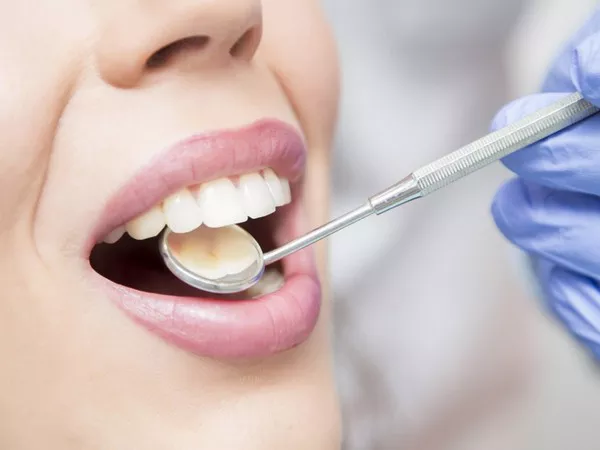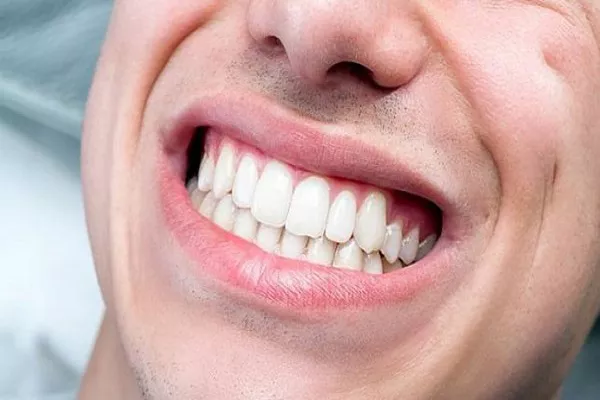In today’s image-conscious society, a bright, white smile is often seen as a sign of good health and proper dental hygiene. However, many people find themselves wondering, “What does it mean when your teeth are yellow?” In this comprehensive guide, we will explore the various causes of yellow teeth, teeth discoloration, teeth staining, and effective methods to improve your teeth’s color. Understanding the reasons behind yellow teeth is essential to taking appropriate steps to achieve a whiter, more vibrant smile.
Causes of Yellow Teeth
Yellow teeth can result from various factors. It’s important to identify the root cause to address the issue effectively. Here are some common reasons:
a. Diet and Staining
Consuming dark-colored foods and drinks, such as coffee, tea, red wine, and berries, can lead to teeth staining.
Tobacco use, both smoking and chewing, is a major contributor to yellowing teeth.
b. Poor Oral Hygiene
Inadequate brushing and flossing can allow plaque and tartar to accumulate, leading to teeth discoloration.
c. Aging
As we age, the enamel on our teeth naturally thins, revealing the yellowish dentin underneath.
d. Medications
Certain medications, like antibiotics and antihypertensives, can cause teeth discoloration as a side effect.
Teeth Discoloration: An In-Depth Look
To understand the phenomenon of teeth discoloration, let’s delve deeper into the science behind it.
a. Enamel and Dentin
The outer layer of your teeth is enamel, which is translucent and white. Beneath the enamel lies dentin, a yellowish tissue.
When the enamel thins, either due to aging or other factors, the yellow dentin becomes more visible, resulting in yellow teeth.
b. Extrinsic vs. Intrinsic Stains
Extrinsic stains occur on the enamel’s surface and are caused by external factors like food, beverages, and tobacco.
Intrinsic stains are within the tooth structure and may be a result of injury, medications, or excessive fluoride exposure.
Teeth Staining: What You Should Know
Understanding the different types of staining is crucial in determining the right treatment.
a. Extrinsic Stains
Extrinsic stains, which affect the enamel, are often easier to treat.
Professional dental cleanings and teeth-whitening products can help eliminate extrinsic stains effectively.
b. Intrinsic Stains
Intrinsic stains can be more challenging to address, as they affect the deeper layers of the tooth.
Treatments like dental bonding, veneers, or in-office whitening procedures are often recommended for intrinsic stains.
Improving Teeth Color: Practical Solutions
If you’re wondering how to regain a brighter smile, here are some practical solutions to consider:
a. Teeth Whitening
Professional teeth whitening procedures performed by dentists can provide quick and effective results.
Over-the-counter whitening products can also help, but they may take longer to show noticeable improvement.
b. Dental Veneers
Veneers are thin porcelain shells that cover the front surface of teeth, effectively concealing stains.
c. Dental Bonding
Dental bonding is a process where a tooth-colored resin is applied to the teeth and then shaped and polished to hide discoloration.
Dental Hygiene: Your Key to Preventing Yellow Teeth
Prevention is always better than cure when it comes to yellow teeth. Here’s how to maintain a white smile:
a. Regular Brushing and Flossing
Brush your teeth at least twice a day and floss daily to remove food particles and plaque buildup.
b. Limit Staining Foods and Drinks
Reduce your consumption of coffee, tea, red wine, and other staining substances.
Rinse your mouth with water after consuming these items to minimize their effects.
c. Dental Check-ups
Visit your dentist regularly for professional cleanings and check-ups.
Conclusion
Yellow teeth can be concerning, but the good news is that there are effective ways to address and prevent this issue. By understanding the causes of teeth discoloration, types of staining, and available treatments, you can take the necessary steps to achieve a brighter, more confident smile. Remember that maintaining proper dental hygiene is essential in preventing yellow teeth and preserving your oral health.
































